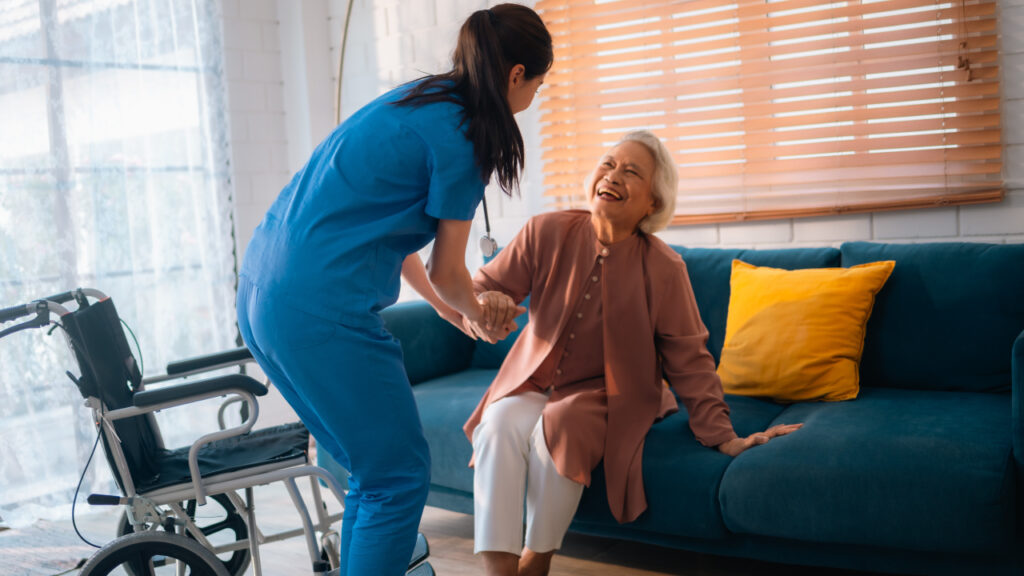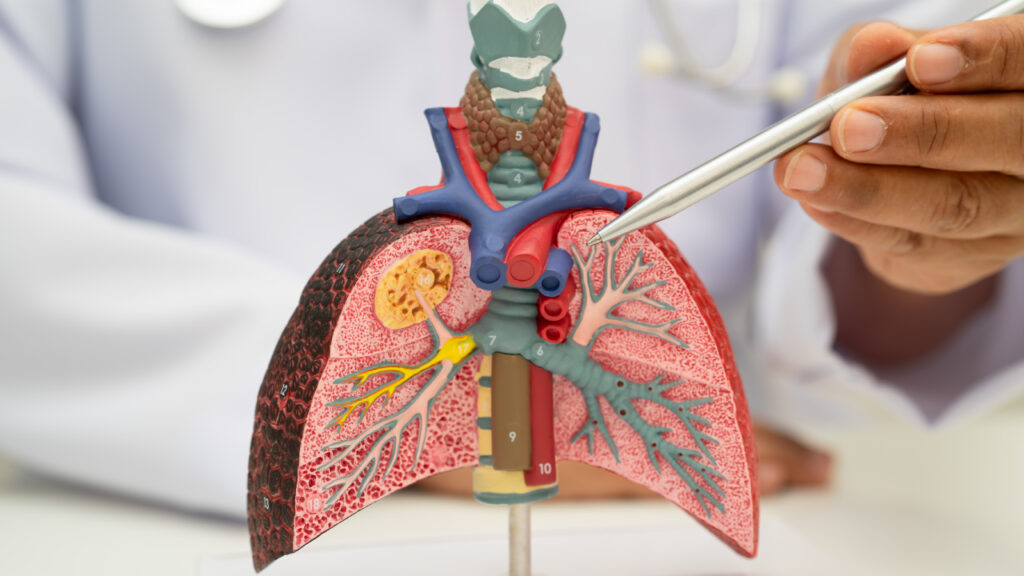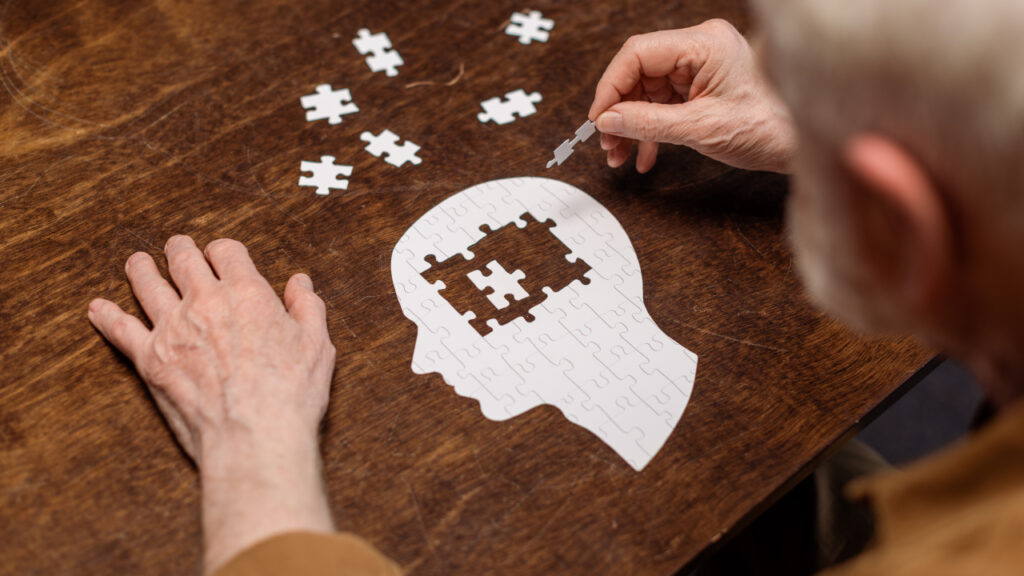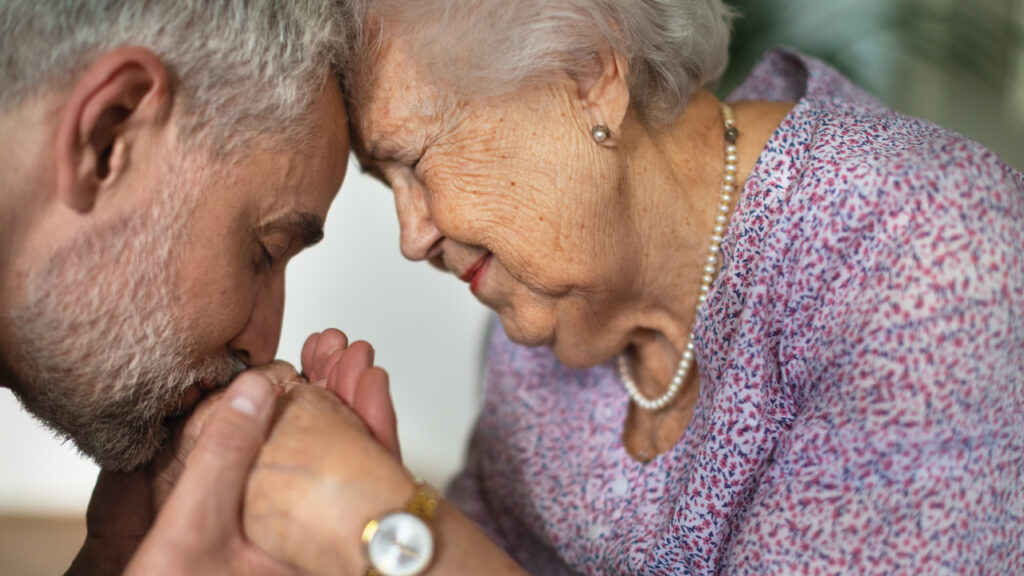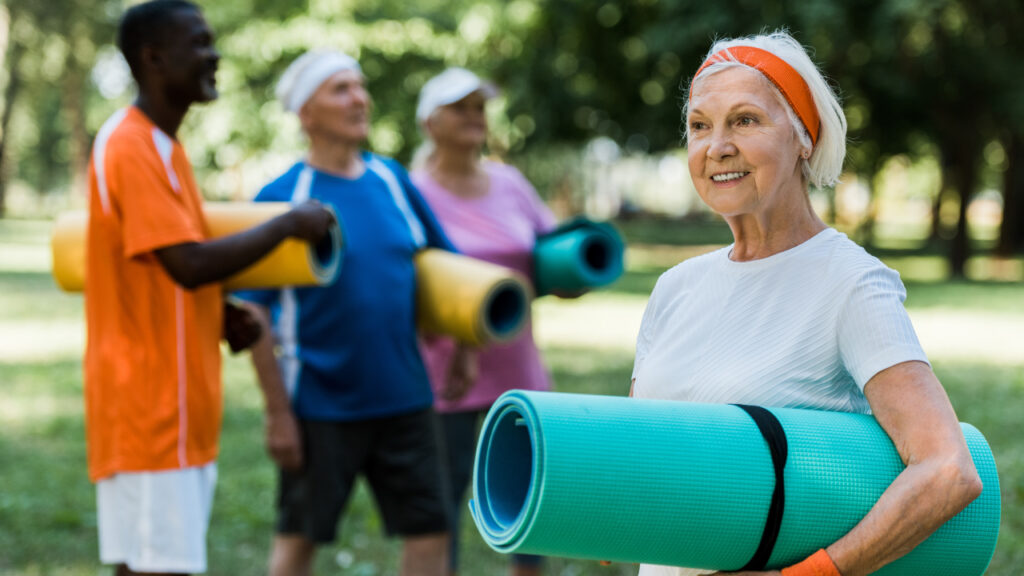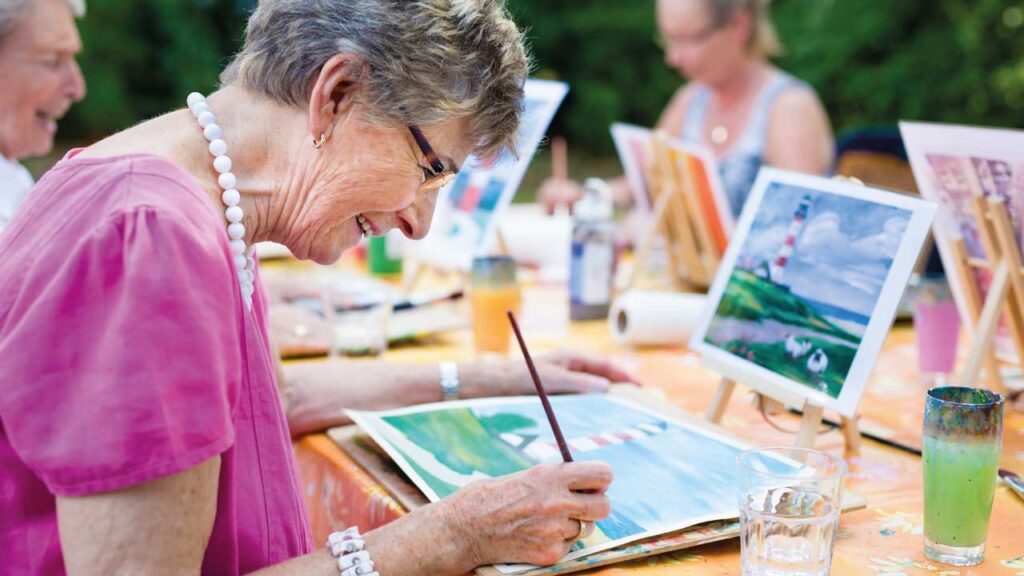How to make it a peaceful and safe time for the elderly to go to appointments
One day they were the ones who held our hands at appointments, calmed our fears and took care of everything for us. Today, the roles are reversed and it’s our turn to be there. Accompanying an elderly person to the doctor is so much more than a practical gesture: it’s an act of care, respect and gratitude. This article, then, is for those who care: with presence, with patience and with love. We’ve put together simple and practical tips to make doctor’s appointments more relaxed and safer for those who have already taken such good care of us. Key points of the article Accompanying an elderly person to the doctor is a gesture of care, emotional support and security. Preparing for the appointment in advance helps to identify symptoms and clarify doubts. During the consultation, it’s important to take notes, ask questions and make sure everything is understood. Transportation must be carried out in comfort and safety, respecting the limitations of the elderly person. There are professional services that can support those who are unable to attend in person. Why is it so important to accompany an elderly person to medical appointments? As we get older, it’s natural to have more appointments, tests and treatments. But it’s also common for fears to arise: fear of bad news, embarrassment at sharing certain symptoms or even difficulties in understanding what the doctor is saying. The elderly often feel lost in the midst of so much information. They may not remember the name of a medicine, forget important symptoms or simply not be able to express how they feel. Having someone by their side provides reassurance, helps organize ideas and ensures that nothing is left unsaid or uncomprehended. Before the appointment: prepare with time and empathy Preparation begins well before you leave the house. Here are a few simple tips that make all the difference: Talk calmly. A few days before, ask yourself how you’ve been feeling. Is something worrying you? Any new pain? This conversation should take place in a quiet moment, without any rush or distractions Take note of the important points. Write down symptoms, doubts, reactions to medication and any other relevant details. It’s also useful to make a list of questions to ask the doctor Organize the documents. Always carry your ID card, SNS or health insurance card, current medication list (with dosages) and recent reports or exams. COPD in Portugal: the weight of the numbers and the experts’ warning Even before the appointment begins, the way the elderly person is transported can make all the difference. Ensuring comfort and safety on the journey is a gesture of care that conveys peace of mind from the very first moment. Check if the elderly person needs help getting in and out of the car Avoid peak traffic hours or hot weather to ensure a smooth journey Always wear a seat belt and, if necessary, cushions or supports Bring water and medication in case the wait is long If you can’t take him, consider using professional non-emergency patient transportation services. During the consultation: be present and supportive A doctor’s appointment can be short, so it has to be effective. And the chaperone’s role is to ensure that everything runs smoothly and that all questions are addressed: Be attentive and take notes. Writing down what the doctor says helps you remember later and avoids confusionHelp with communication. If the elderly person doesn’t understand something, ask the doctor to explain it in another way. There’s no shame in that. In fact, it’s a right. Ask questions if necessary. “What is this medicine for?”, “Will it cause side effects?”, “Are there any alternatives?“. These are legitimate questions that deserve a clear answer Confirm that everything has been understood. Before you leave, it’s important to repeat what was agreed: medication, tests to be done, care to be taken. The doctor can even write down the instructions if necessary. After the appointment: continue care at home The consultation doesn’t end when you leave the office. Then it’s time to: Review the notes and explain calmly. Recall what has been said, reinforce the precautions to be taken and help plan the next steps Monitor the taking of medication. Check that you understand how and when to take the medication, and if there are any interactions with other products (including supplements or teas). Schedule your next exams or appointments. And store everything in an accessible place to keep the register up to date. What if I can’t keep up? Are there safe alternatives? It’s not always possible to be there. For reasons of work, distance or other commitments, there are times when the elderly person may need professional support. In this case, it is worth considering specialized transport and accompaniment services for non-urgent patients, such as those provided by Ambula . These services ensure safe and comfortable travel, and can also include support at the doctor’s office to ensure that the elderly person is not alone and that medical information is correctly passed on to the family or main caregiver. The presence that makes a difference Being present at a consultation is much more than sitting next to it. It’s listening, asking, welcoming. It’s helping the elderly to feel respected, listened to and confident. Because it’s often in the silent, attentive support that the biggest difference is made. If you have a family member who starts missing appointments, who leaves confused or who seems more insecure about health care, perhaps what they really need is someone to accompany them (not just physically, but emotionally too). Deep down, this is what we’re all looking for in moments of vulnerability: to know that we’re not alone. And when it comes to caring for the elderly, every gesture counts. Partilhar:
How to make it a peaceful and safe time for the elderly to go to appointments Read More »

